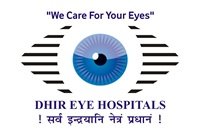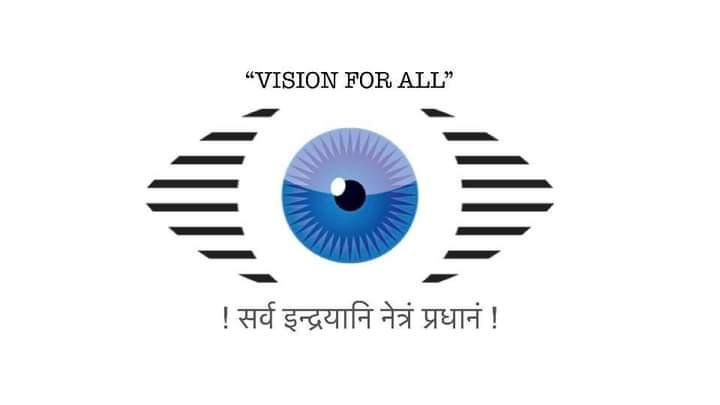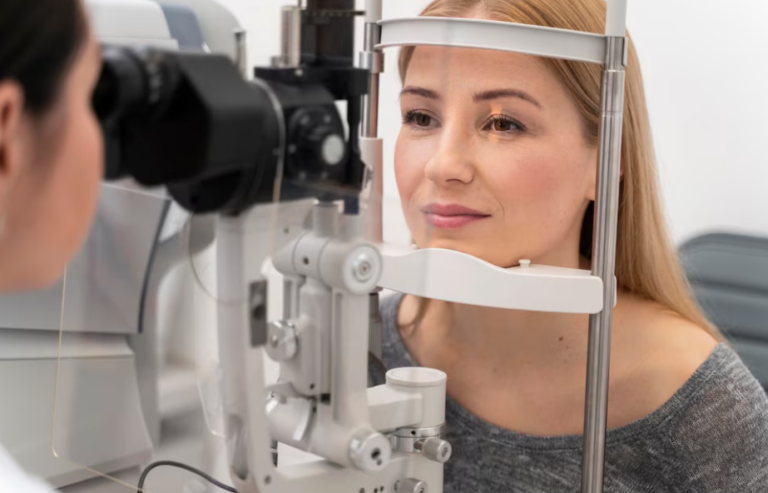How can one treat computer vision syndrome?
What is computer vision syndrome?
Computer vision syndrome, also known as digital eye strain, is a symptom that occurs when you use computers or other digital devices for extended periods. These symptoms include eye irritation, blurry vision, and headaches. While not a severe condition, it can be uncomfortable and disrupt your daily activities.
Treatment can help alleviate symptoms, but if addressed, recurring issues may impact work productivity and enjoyment of activities. Understanding the risk factors and learning how to prevent or manage this common problem is essential.
How common is computer vision syndrome?
Computer vision syndrome is quite common, affecting around 60 million people globally. Before COVID-19, at least half of adults experienced it, but during the pandemic, with increased digital device use for work and socializing, the number rose to 78%.
Additionally, more children, around 50% to 60%, faced computer vision syndrome during the pandemic, highlighting its widespread impact.
Symptoms
Computer vision syndrome symptoms include:
- Eye discomfort can feel like dryness, watering, itching, burning, or the sensation of something in your eye.
- Blurred vision that comes and goes, especially when shifting your focus between near and far.
- Sensitivity to bright lights.
- Difficulty keeping your eyes open.
- Headache behind your eyes.
Causes
Computer vision syndrome is caused by using digital devices for long periods. Spending at least two hours continuously on screens can trigger symptoms, and the more time you spend, the higher the likelihood of experiencing issues.
The screens themselves aren’t solely responsible. Prolonged focus on close-up objects can strain your eyes, whether on a screen or a printed page. However, screens add an extra layer of strain for a few reasons:
- Constant refocusing: Staring at screens requires frequent focusing and refocusing, which strains your eyes.
- Screen contrast levels: The contrast between the letters on a screen and the background is often low, making your eyes work harder.
- Inadequate blinking: While you typically blink about 18 to 22 times per minute, computer use may reduce flickering to three to seven times per minute. Incomplete blinking during screen use can lead to dry eyes.
Treatment
1. Environmental Factor Modification
- Adjust lighting to minimize glare and discomfort.
- Control bright lights, windows, and overhead fluorescent lights.
- Use proper blinds, filters, or room arrangements for acceptable lighting.
- Consider different light intensities for various age groups.
- Use screen filters to reduce glare and reflection.
- Adjust screen brightness and contrast to balance with room lighting.
- Ensure proper workstation adjustment for comfortable posture.
2. Proper Eye Care
- Take short breaks and stretch muscles during prolonged computer use.
- Change the scenery and take a quick walk around the office.
- Avoid working non-stop for more than 4 hours to reduce eye strain.
- Frequent short breaks help relax the eyes and prevent fatigue.
- Seek proper optometrist review for recurrent symptoms.
- Manage dry eyes with lubricating eye drops.
- Consult a doctor before using over-the-counter eye lubricating solutions.
- Carefully monitor acute symptoms in contact lens users and seek professional assessment.
- Use corrective glasses for refractive errors to prevent worsening symptoms.
- Seek prompt referral to an ophthalmologist for those with medical illnesses affecting the eyes.
Conclusion
In conclusion, computer vision syndrome is a modern issue linked to using computers at home and work. It causes eye and head discomfort, like pain, redness, and blurry vision. Preventing it is the key, and this involves changing how you set up your workspace, learning about it, and taking good care of your eyes. These steps can help avoid computer vision syndrome.









